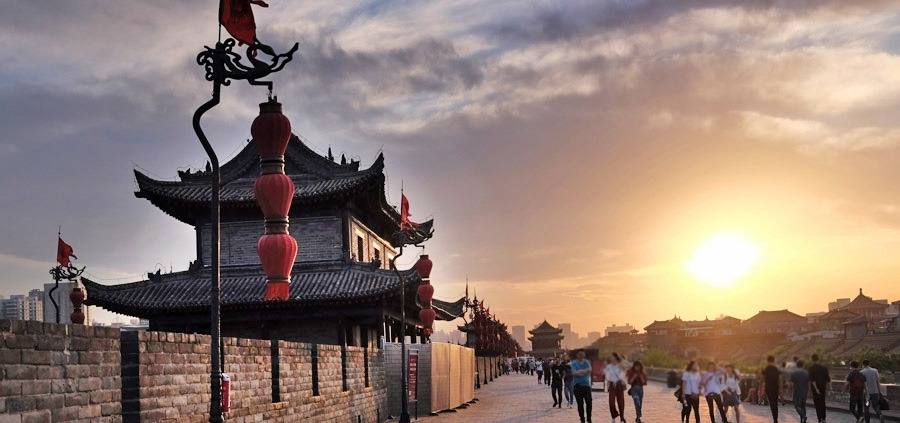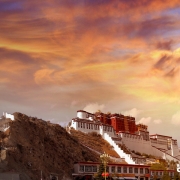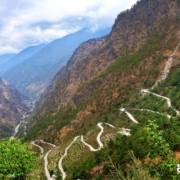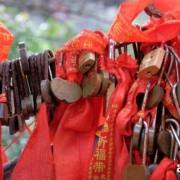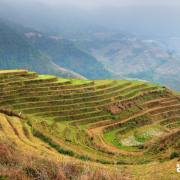Xi’an – the former capital of China
China has some of the fastest trains in the world, like the one that brought us from Beijing to Xi’an. While Xi’an is an important stop on every traveler’s map through China and therefore needs time to be explored and discovered, we had only one day to spend there. We choose to do so after previously excluding Xi’an from our plan and deciding later that at least a bit of time should be reserved for the ancient capital of China. So we changed our train ticket for an experience that we wish now could have been longer.
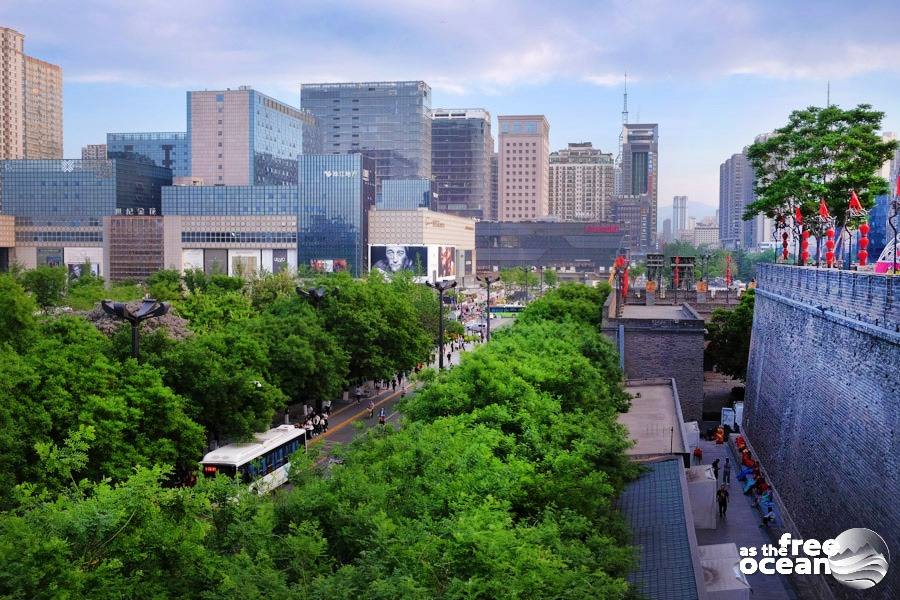
Xi’an – beautiful and diverse
The city has a strong and pleasant international vibe, with French bakeries, a German beer garden, diverse Asian restaurants and a huge Muslim market, all surrounded by the ancient walls of an old fortress. Outside these walls is the new part of the city with its modern architecture.
Our accommodation was beautifully placed inside the walls, featuring a bar, a restaurant and a terrace where guests could relax and enjoy a refreshing drink.
We decided to don’t waste time and see as many touristic attractions as we could. So, after a delicious lunch in the city, we got lost in the immense Muslim Quarter and tasted different street food. A short distance walk from there brought us to the Bell Tower.
We were happy that the weather was again on our side, but two hours later we decided to return to the hostel as the sun felt too strong and made the walk less pleasant. So we made it more enjoyable by having a cold drink on the terrace of our accommodation and planned to continue our walk through the city later in the evening.
We found Xi’an to be more beautiful as the sun went down when the dominating red color of the surrounding walls and of the buildings looked much brighter.
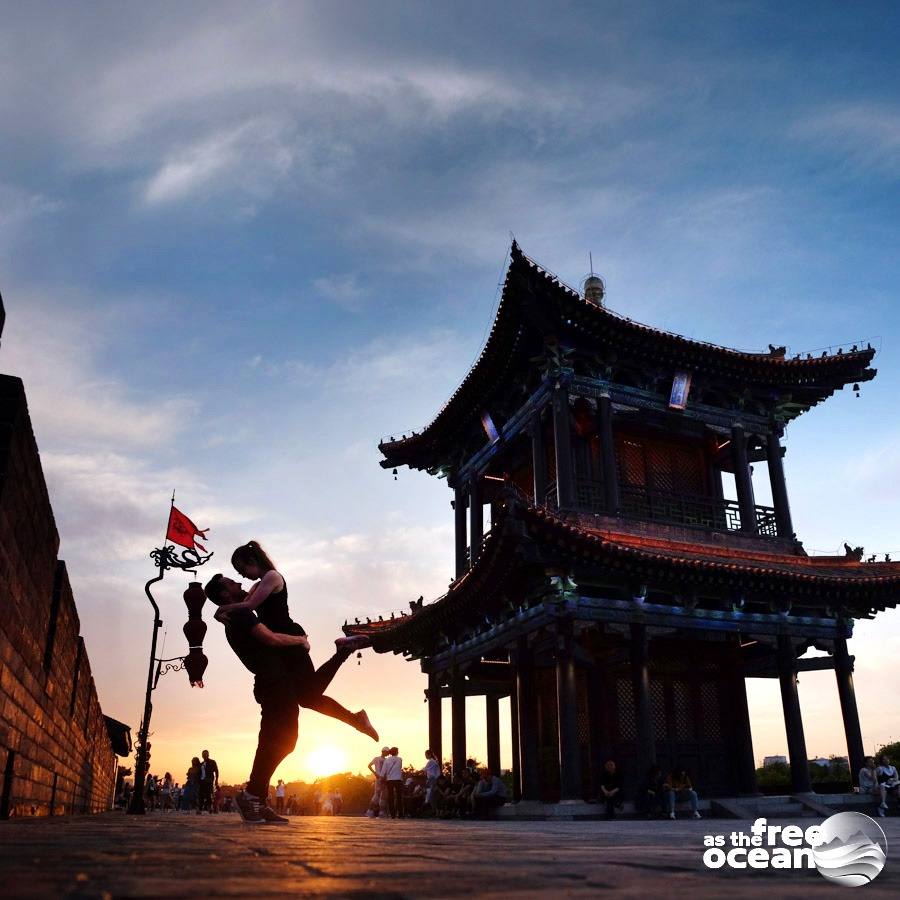
The ancient walls
The sunset found us on the ancient walls that enclose the old city. You can access the top part of it after paying an entrance fee of 45 Chinese Yuan. Apart from enjoying the panoramic view over the old and the new parts of the city, visitors can just walk on the almost 14 km long wall or rent a bike to go around. Sometimes also dance and music shows are available at the South Gate for those seeking for more entertainment.
Soon after sunset, we continued our walk in the modern neighborhood, admiring the lights that were turned on everywhere, transforming the fortress and the rest of the city in an explosion of color.
Highlights of Xi’an
One of the attractions that make Xi’an such an important touristic destination is the museum of the famous terracotta army of Qin Shi Huang, the first emperor of China. The emperor ordered to be buried together with the terracotta soldiers in order to protect him in the afterlife. For us, it has been just an option that we had to give up, as we wanted to see more of the city and the remaining time didn’t allow us to visit any other attraction.
On the way to Tibet
And so we left one more city behind and took the train to Xining, where we planned to spend the following two days. The reason why we reserved more time for Xining than for Xi’an is not that we found the first to be more interesting. In fact, we were surprised how little Xining has to offer in terms of touristic attractions. But what made it important for us were the elevation of 2275 matters of the city and the fact that Xining is one of the access points to the Tibetan plateau and one of the stops for the train that connects several big cities in mainland China with Lhasa. When we planned our trip to the roof of the world we’ve been warned about the altitude sickness that we might experience in the Himalayas and therefore decided to spend the two days in Xining in order to be able to acclimatize faster and easier once we would reach Lhasa.
While many people arrive in Tibet by plane, the sudden change of altitude makes it harder for them to adapt to the new conditions, which might affect the enjoyment of the first days.
We recommend traveling to mainland China and after taking a train to the higher placed cities or just book a longer stay in Lhasa in order to acclimatize. We experienced difficulties despite the long journey that we planned into Tibet and the constant change of altitude. Medicine or oxygen supplies would help control the altitude sickness, but we think it is important to adapt to it naturally.
Read more about our journey into Tibet by clicking here.

